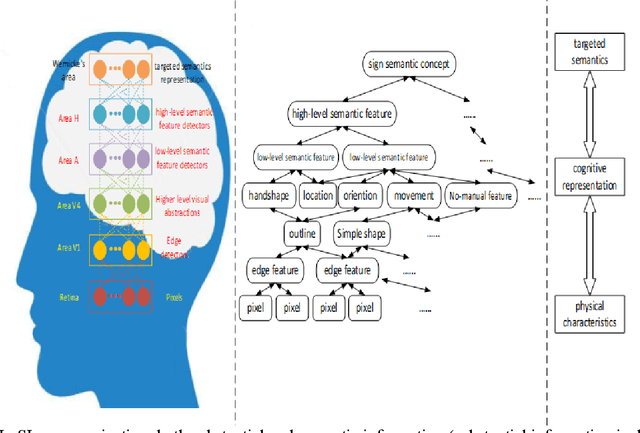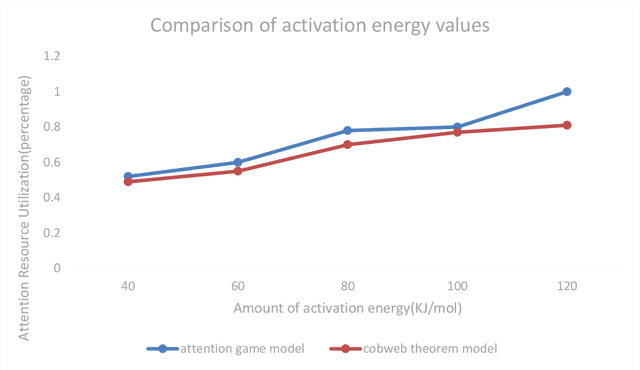Minghu Jiang
Lab of Computational Linguistics, Tsinghua University, Beijing, China
Clue-Guided Path Exploration: An Efficient Knowledge Base Question-Answering Framework with Low Computational Resource Consumption
Jan 24, 2024Abstract:In recent times, large language models (LLMs) have showcased remarkable capabilities. However, updating their knowledge poses challenges, potentially leading to inaccuracies when confronted with unfamiliar queries. While integrating knowledge graphs with LLMs has been explored, existing approaches treat LLMs as primary decision-makers, imposing high demands on their capabilities. This is particularly unsuitable for LLMs with lower computational costs and relatively poorer performance. In this paper, we introduce a Clue-Guided Path Exploration framework (CGPE) that efficiently merges a knowledge base with an LLM, placing less stringent requirements on the model's capabilities. Inspired by the method humans use to manually retrieve knowledge, CGPE employs information from the question as clues to systematically explore the required knowledge path within the knowledge base. Experiments on open-source datasets reveal that CGPE outperforms previous methods and is highly applicable to LLMs with fewer parameters. In some instances, even ChatGLM3, with its 6 billion parameters, can rival the performance of GPT-4. Furthermore, the results indicate a minimal invocation frequency of CGPE on LLMs, suggesting reduced computational overhead. For organizations and individuals facing constraints in computational resources, our research offers significant practical value.
Semantic Network Model for Sign Language Comprehension
Jan 27, 2023


Abstract:In this study, the authors propose a computational cognitive model for sign language (SL) perception and comprehension with detailed algorithmic descriptions based on cognitive functionalities in human language processing. The semantic network model (SNM) that represents semantic relations between concepts, it is used as a form of knowledge representation. The proposed model is applied in the comprehension of sign language for classifier predicates. The spreading activation search method is initiated by labeling a set of source nodes (e.g. concepts in the semantic network) with weights or "activation" and then iteratively propagating or "spreading" that activation out to other nodes linked to the source nodes. The results demonstrate that the proposed search method improves the performance of sign language comprehension in the SNM.
* 19 pages, 6 figures and 1 table
 Add to Chrome
Add to Chrome Add to Firefox
Add to Firefox Add to Edge
Add to Edge